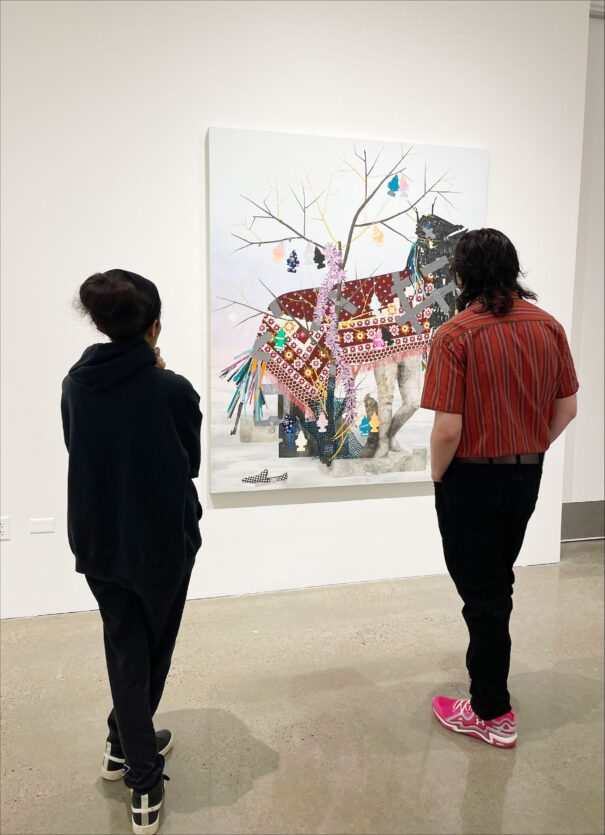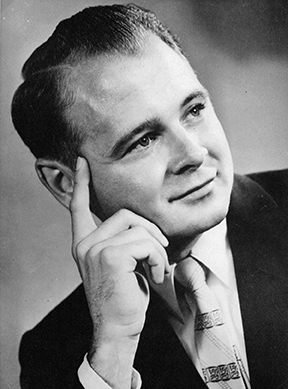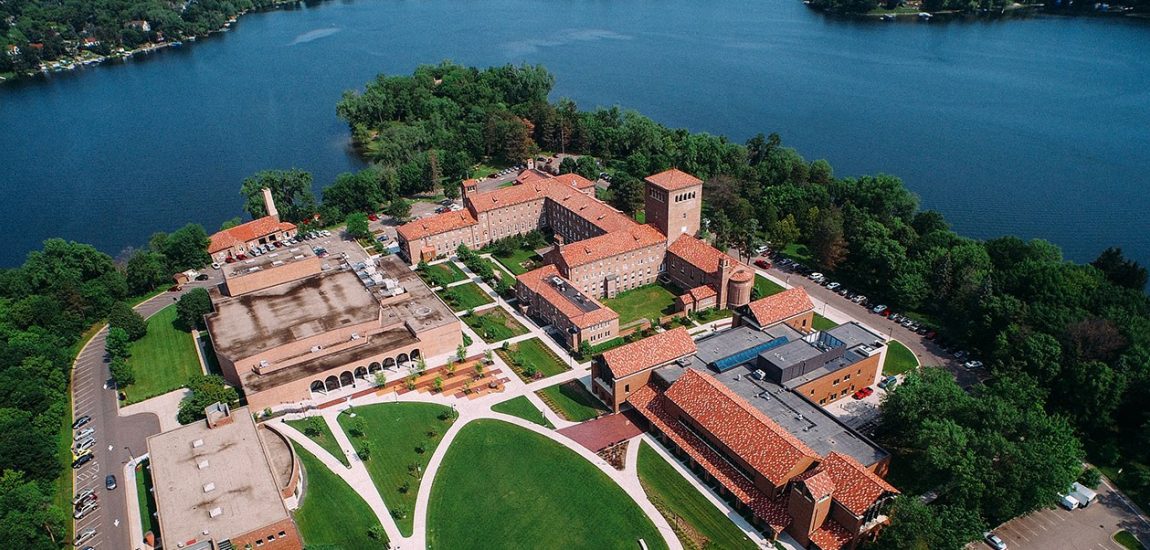About
The Denler Gallery serves as the University of Northwestern’s principal art gallery. The space rotates an average of six exhibitions per year, including shows by local and national artists, an annual juried student exhibition, and work by Art & Design seniors from each discipline.
Follow the Denler Gallery on Facebook to learn about upcoming exhibitions.
Plan Your Visit
- Admission is free
- The gallery is generally closed when class is not in session. This includes summer and semester breaks.
- The Denler Gallery is located in the Totion Fine Arts Center on the second floor. The gallery is handicap accessible. An elevator is located on the south side of the building near the restrooms and can take visitors to the second floor.


